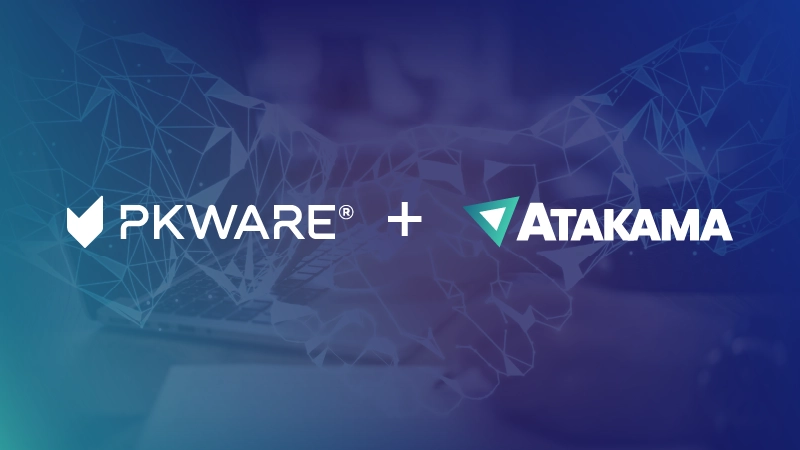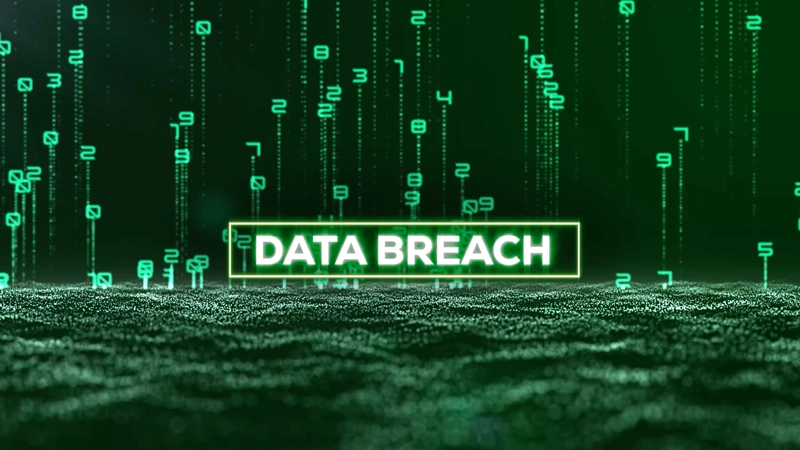Data Encryption: Still the Strongest Form of Data Protection

Transparent or persistent encryption means it is nearly impossible for anyone to read sensitive data without access to the correct decryption key.
Owning your encryption keys is essential for complying with diverse data security regulations, varying by region and business type. While some regulations may not explicitly mandate the ownership of your encryption keys, it remains a critical decision for your organization. One can grasp its significance by examining recent data breaches, such as the security breach at Microsoft during the summer, in which a Microsoft signing key was exploited, granting hackers access to encrypted data.
Your encryption key management solution must align with the strictest data security laws to ensure full compliance. This critical measure helps protect sensitive data and maintain legal adherence, contributing to overall security and trustworthiness in an ever-evolving digital landscape. Below is the list of some data security regulations:
- The California Consumer Privacy Act.
- Criminal Justice Information Services.
- Cybersecurity Maturity Model Certification, Level 3 Maturity.
- The Family Educational Rights and Privacy Act.
- The General Data Protection Regulation.
- The Health Insurance Portability and Accountability Act.
- International Traffic in Arms Regulations.
- National Institute of Technology 800-171 guidelines.
Encryption isn’t just a checkbox here, however. The role of both key management and strong encryption algorithms must also pass muster.
Data Protection at Rest and in Transit
Few technologies, however, can do both at-rest and in-transit encryption, and even fewer combine that capability with enterprise-class key management. PKWARE’s data security platform can apply its persistent strong encryption to files, which stay protected wherever the files go—both at rest and in transit.
Transparent encryption provides protection for data at rest. When transparent encryption is applied, the protection is removed before data is accessed. For example, when an authorized user copies a file from a file server, this makes the encryption process “transparent” to end users, but also means data exists in the clear any time it is moved or copied from the protected location. The two most common forms of transparent encryption are full disk encryption and file system encryption.
Persistent encryption is encryption that travels with data as it is shared, copied, and moved from one system or user to another. Depending on whether the encryption is applied to structured data (fields in a database) or unstructured data (files on servers, laptops, desktops, and mobile devices), persistent data encryption can be categorized as either field-level encryption or persistent file encryption.
Plus Enterprise Key Management
Generally considered the most challenging aspect of enterprise-wide encryption, key management involves a variety of functions, including key generation, key storage, key exchange, and key rotation. While reliable encryption algorithms and hash functions have existed for decades, an optimal approach to key management has remained elusive. PKWARE’s key management capabilities support customers of all sizes and industries.
Organizations can use PKWARE’s Smartkey technology, which is a collection of encryption keys tied to an access control list to manage who can decrypt data. This provides complete organizational control over access to encrypted data.
See how encryption and key management from PKWARE can support your data protection journey. Book a free demo










